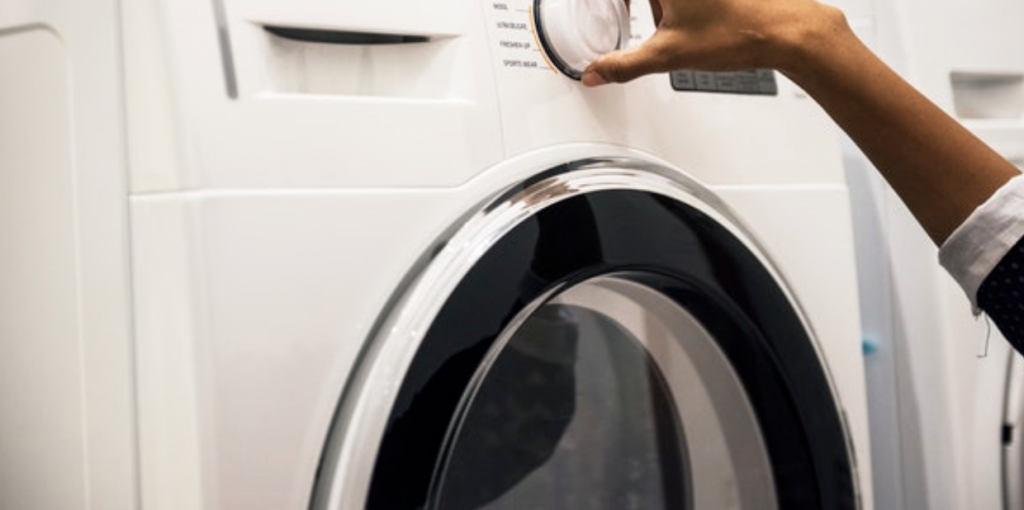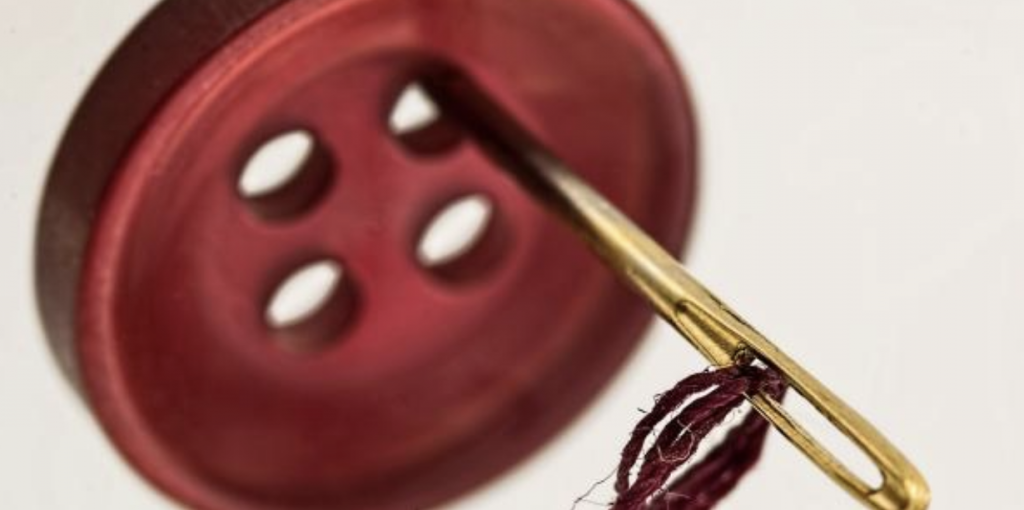If paying for your dry cleaning bill leaves you feeling winded, you need to ask yourself if you’re making the right decision. Read this handy guide to see if you can save yourself some money when it comes to washing your wardrobe.
Find Out What Should Go to The Cleaners
Certain garments will be sensitive to heat from dryers and tumbling from washing machines. For instance, tossing a heavily embellished dress into the machine and running it through a spin cycle could send hundreds of beads into the basin.
One of the ways you can tell if clothes should go to the dry cleaners or not is by checking the material. Materials that need professional care and specific chemical solutions usually include:
- Leather
- Suede
- Chiffon
- Rayon
- Fur
- Dark silk

Find Out What Clothes Can Stay Home
An excellent way to confirm whether you should dry clean clothes is to check the tag ahead of time. A tag will say “Dry Clean Only” if it must go to the professionals. A tag that only says “Dry Clean” means that it’s recommended, but it’s not the only way to properly wash the item. In many cases, this tag means that you can do it on your own.
You should always check the tags to find out exactly how to wash clothes at home without ruining them. It will have symbols that indicate specific washing, bleaching, drying and ironing instructions. Print off a copy of laundry tag symbols and put it up in your laundry room so that you don’t make the wrong guess and shrink your favorite blouse by accident.
As long as they don’t have embellishments, these fabrics are usually fine to wash at home:
- Linen
- Wool
- Cashmere
- Nylon
- Polyester
- Cotton
- Denim
Delicate garments like wool, lingerie, hosiery, and light silks can be cleaned at home, but not by machine. You should hand-wash delicates by submerging them in a tub of cool water mixed with a mild detergent and letting them soak. Rinse them, then carefully squeeze out the water and lay them on a flat white towel to dry.
If you really want to get professional results but you don’t want to pay the price, one way to cut your dry cleaning bill is to buy an at-home dry cleaning kit. All you have to do is pre-treat clothes with a special spray for removing stains and odors, then place them in a reusable garment bag and toss it in the dryer. You can get the kit for the cost of one visit to the cleaners.

Learn Basic Alterations
A lot of people go to their local dry cleaners to fix up their clothes after they’ve cleaned them. While it’s convenient to have the cleaner do the alterations, you could shave the additional costs from your bill by learning to do simple repairs on your own.
Now, taking in a suit jacket is not a task recommended for a beginner, but you can replace buttons and learn how to hem pant legs, skirts, and dresses with the help of online resources. These skills will make sure you trim your regular bill and keep your clothes in good condition. Another reason to learn simple alterations is that you can get thrift store clothes and make them look brand-new.
If you want to see what other ways you can cut costs when it comes to your clothes, you should check this out — it’s a guide to creating a fashionable and professional wardrobe while staying frugal. You’ll find practical tips on what garments to prioritize, what mobile apps to use, and how to calculate your shopping budget.
The post comes from the MoneyKey blog, which is a company offering online loans for people who need to make quick payments. These loans are not designed for clothing purchases — these are for minor emergencies like unexpected car repairs, surge electrical bills, and broken toilets. When your life is interrupted by a problem that requires immediate attention, but you don’t have the money to take care of it, you can apply for a loan and get approved fast.
A better way to deal with these dilemmas is to have a rainy-day fund with money stored away, so you can fix that toilet or pay that bill right off the bat. Reducing the money that you spend at the dry cleaners every month is a great way to start building up this fund.
Don’t assume that you always need to send your favorite clothes to the cleaners. The owner won’t tell you that you can safely wash and fix the items at home — they will gladly accept the extra payment. Check the fabric, inspect the tags, and see if you can do it yourself for a mere fraction of the price.

Speak Your Mind